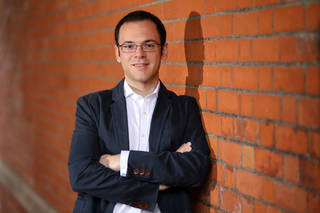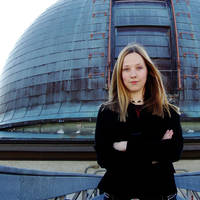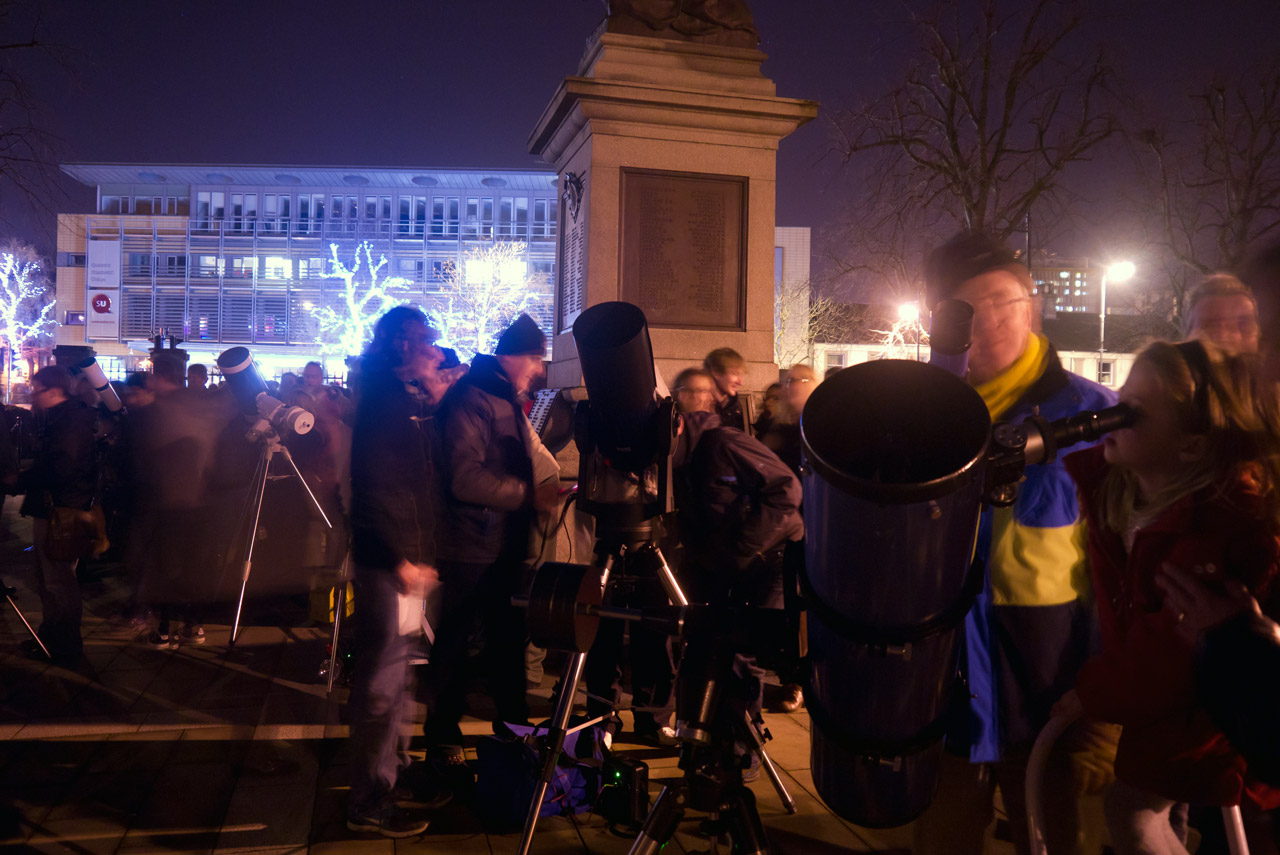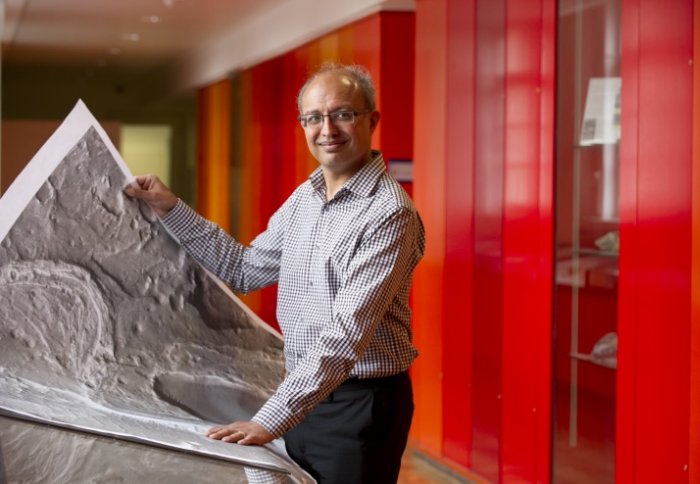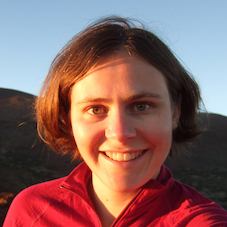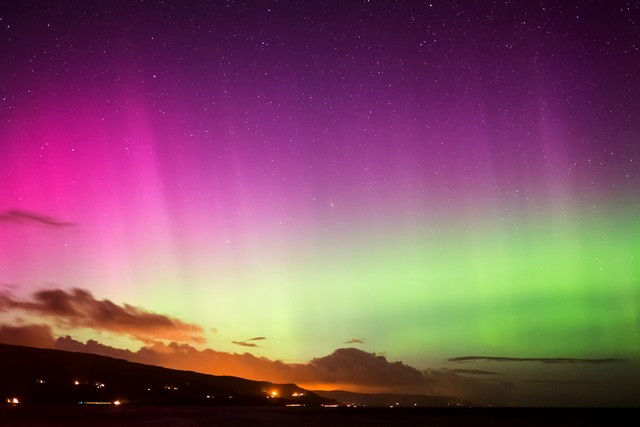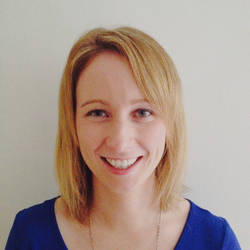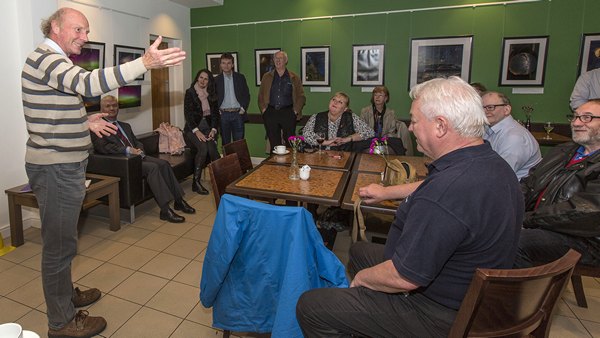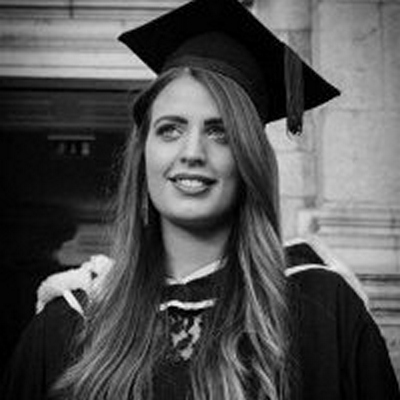Category Archives: Event
Lecture – Weds 1st March – Dr Katja Poppenhaeger (QUB) – “Exotic worlds: planets in other solar systems and what they might look like”
Dr Poppenhaeger will talk about how astronomers discover planets in other solar systems, and show a few of the most breathtaking scenarios for what those planets may look like. What would life be like on a habitable world around a tiny red sun? Could a moon around a giant planet be habitable? What would happen if an Earth-like planet were just a tiny bit closer to its sun than we are to ours? She will give a glimpse into the science behind these questions, and show which stars out there actually have possibly habitable worlds around them. There will be ample opportunity for asking questions after the talk.
Stargazing at Queen’s University, Belfast 20th, 21st or 22nd Feb
Event Status: Observing cancelled Wednesday due to weather..
As part of the NI Science Festival, in conjuction with QUB ARC, we are putting on an evening of public observing outside the Lanyon Building at Queen's University, Belfast. In order to try and get good weather, this will take place on the First clear evening of Mon 20th, Tues 21st or Weds 22nd and a weather update will be posted here on each day. Start time will be 18:30 if it's Mon or Tues, and 20:00 if it's Weds due to the Prof Sanjeev Gupta lecture.
In the sky we will have planets Venus, Mars and Uranus, plus the constellations of Orion, Taurus, Auriga and many more.
Weds 22nd Feb 6:30pm – “Exploring the Red Planet – Adventures of the Curiosity Rover” by Professor Sanjeev Gupta, Imperial College, London.
Lecture Weds 15th Feb – Dr Michele Bannister, QUB “Icy Wonders of the Outer Solar System”
Lecture Weds 1st Feb: ‘All Craters Great and Small’ , by Dr Mike Simms, Ulster Museum
“Heavens Above” at Island Arts Centre, Lisburn until Thurs 9th February
Lecture 18th January – Dr Kate Maguire, QUB, “Cosmic Lighthouses: Supernovae and the Dark Universe”
Lecture 4th January 2017 – Prof Mike Burton, Director, Armagh Observatory & Planetarium – “Galactic Explorers – Mapping the Molecular Gas of the Southern Milky Way”
Professor Mike Burton has recently taken on the Directorship of Armagh Observatory and the Planetarium bringing both bodies under a single management. Prior to this he spent many years in Australia carrying our research into how stars form and the excitation of the interstellar medium in which this occurs. This makes uses the tools of infrared and millimetre-wave astronomy, measuring the spectral signatures arising from the gas and dust in interstellar molecular clouds.
We are very pleased to welcome Prof Burton to the IAA to talk to us about "Explorers of the Galaxy"
With thanks to the Astrophysics Research Centre, QUB, for assistance with this event.
Picture by Bernie Brown

